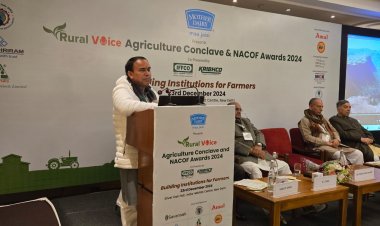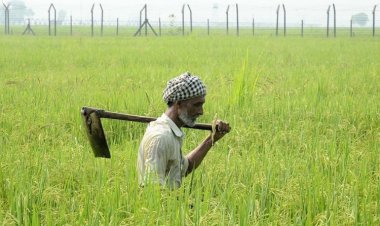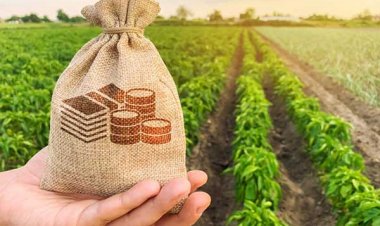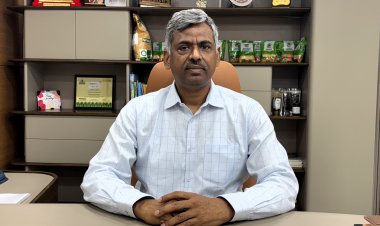Rural Voice Special: Hydroponics to increase yield by 20-25 times in farming
Hydroponic farming is done in the absence of soil. In this technology, soluble nutrients essential for the plants are given through water. Plants are also grown in a pipe that stands with the support of a multi-layer frame. The yield in hydroponic farming is 20-25 times more in comparison to traditional farming.
Pure fruits and vegetables are already scarce in cities and villages, too, may soon face this trouble because the population pressure is constantly increasing on arable land. One of the ways to address this problem is hydroponics — the process of growing plants in sand, gravel or liquid. Dr Murtaja Hassan, Principal Scientist, CPCT (Centre for Protection CultivationTechnology), IARI (Indian Agricultural Research Institute), spoke about hydroponic farming in the Rural Voice Agritech Show. You may watch this episode of the show by clicking on the video link given above.
Dr Hassan said that hydroponic farming is done in the absence of soil. In this technology, soluble nutrients essential for the plants are given through water. Inactive media like Coco Peat are used in place of soil. Plants are also grown in a pipe that stands with the support of a multi-layer frame. Their roots are left in the nutrient-rich water in the pipe. What is significant about this farming is that its yield is 20-25 times more in comparison to traditional farming.
In hydroponics, water in which nutrients are dissolved reaches the plants by means of a pipe. A hydroponic pump is installed to water the plants at regular intervals. Depending upon the availability of space and other priorities, we may also work with zig-zag, rain tower module etc. This farming can be done in multi-storey buildings, indoors or on rooftops. Thus, it is feasible in cities. People are growing fruits and vegetables through this method even where the land is not arable.
According to Dr Hassan, very little water is pumped to plants in the hydroponic technique. Nutrients are dissolved in water before pumping it. If the farming is done in a room, the room is lighted with LED bulbs. The vegetables and fruits thus grown are fresher and more nutritious than those grown in open fields.
It is estimated that 35-40 tonnes of fruits and vegetables can be grown in 1,000 sq ft of area in a year. If hydroponic farming is done on rooftops, the temperature has to be regulated. Besides emitting less carbon, hydroponics saves water by 80-90 per cent.
According to Dr Hassan, when hydroponics is integrated with vertical farming, its results are far more effective and the costs, too, may reduce. The dependence on nature is reduced to almost nought. The farming may be done in shade net, polyhouse or nethouse. It costs about Rs 1 lakh for a structure of 1000 sq m. This technique is suitable and advantageous for growing leafy vegetables, tomato, bell pepper, chilli, and creepers like cucumber and French beans.
Speaking abut the advantages of hydroponic farming, Aditya Bhalla, a young farmer from Greater Noida who adopted this technique about four years ago, said that 1,000-1,500kg of vegetables can be grown in an area of 550 sq m in 45 days. Bhalla said that he grew bell pepper and cucumber and made money by selling them in packets.



 Join the RuralVoice whatsapp group
Join the RuralVoice whatsapp group


































